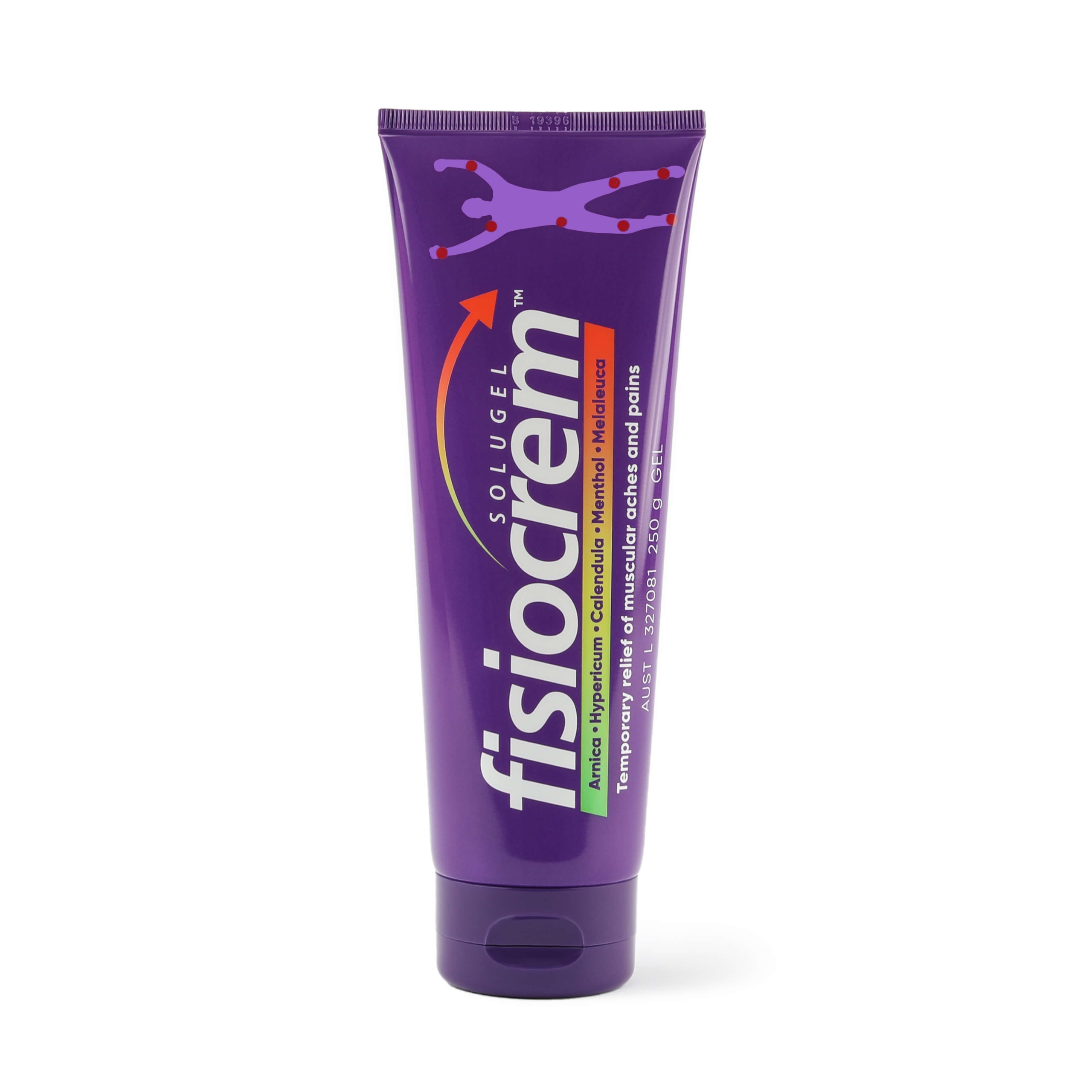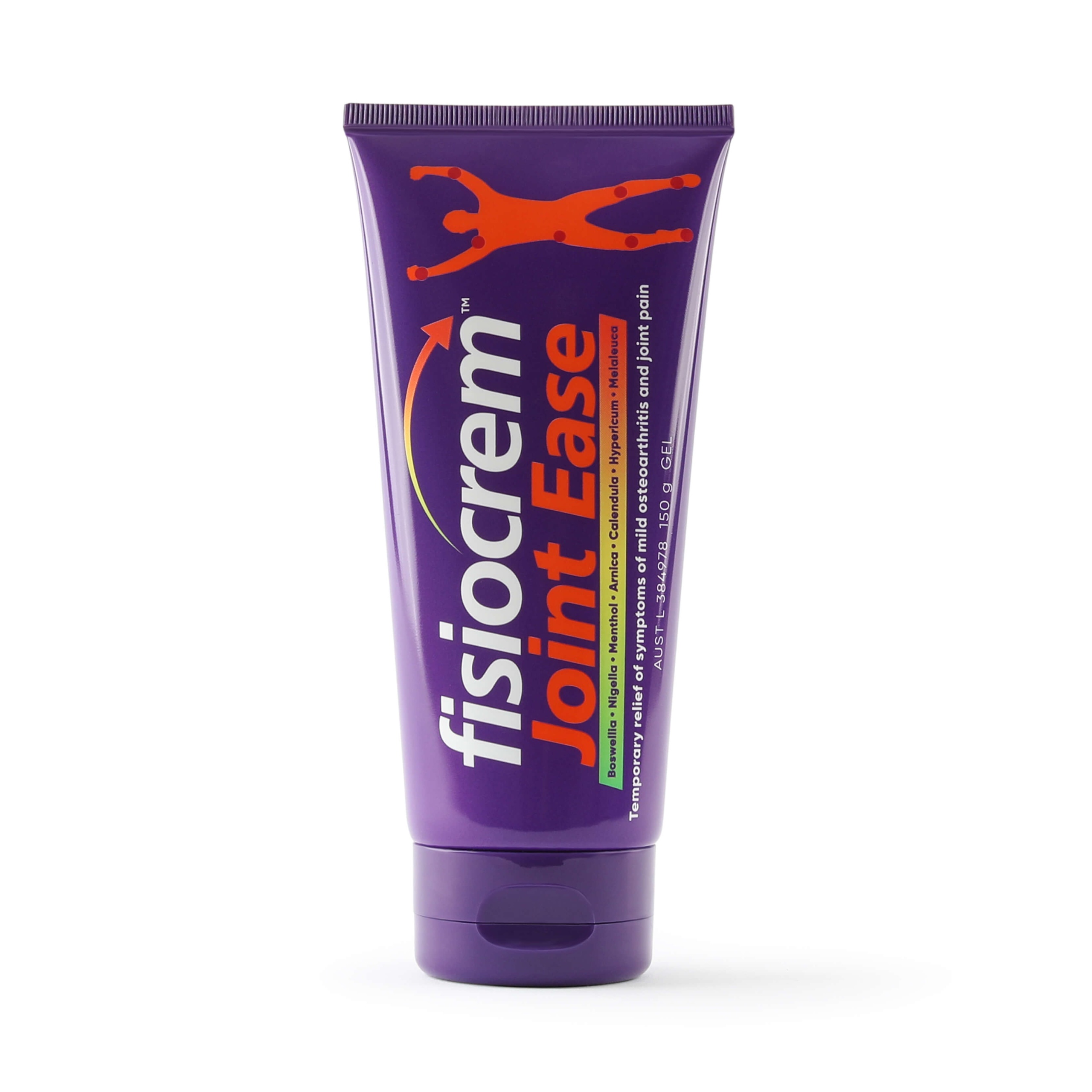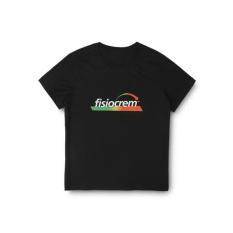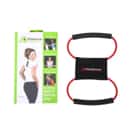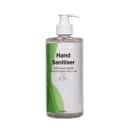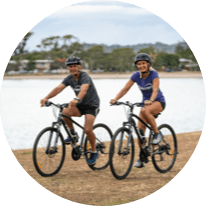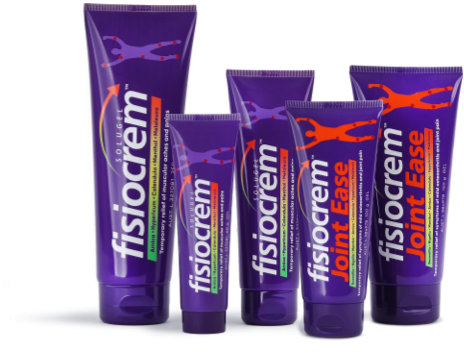Minor causes of knee pain include sprains or strain. In these instances, knee pain is mild and is generally relieved within a couple of days.
Common causes of knee pain when bending include previous injuries. Previous damage to parts of the knee including bone, cartilage, ligaments, tendons, and muscles can result in knee pain. The most common injuries include meniscal tears, ligament sprains, contusions, and anterior knee pain (Safran, M., & Fu, F. 1995). Knee pain may appear immediately after an injury or the onset of symptoms can be delayed.
Causes of pain behind the knee can commonly be due to underlying diseases such as mild knee osteoarthritis (OA) or other types of mild arthritis (Porcheret, M., Jordan, K., & Jinks, C. 2007). Mild osteoarthritis (OA) causes the cartilage in your knee joint to thin and the surfaces of the joint to become rougher, resulting in the knee not moving as smoothly as it should causing pain and stiffness.
fisiocrem Joint Ease is for the temporary relief of symptoms associated with mild osteoarthritis, mild arthritis and joint pain.
Symptoms of knee pain can include:
- sharp or dull pain
- stiffness
- swelling
- redness or heat in the knee
- weakness and or inability to straighten and bend the knee.
Risk factors that contribute to the incidence of knee pain include age, smoking, previous knee injuries, being overweight, and knee straining work (Miranda, H., Viikari-Juntura, E., Martikainen, R., & Riihimäki, H. 2002).
- Age – Adults aged 50 yrs and over experience knee pain of sufficient frequency and severity, impacting their ability to participate in social and domestic everyday life activities (Porcheret, M., Jordan, K., & Jinks, C. 2007).
- Smoking – Smoking results in greater cartilage loss and therefore can result in more severe knee pain (Amin, S., Niu, J., Guermazi, A., Grigoryan, M., Hunter, D., & Clancy, M. et al. 2006).
- Previous knee injury – Mild knee osteoarthritis & joint pain is common after a knee injury. An injury to the menisci resulting in a horizontal tear is one of the first signs of mild osteoarthritis within the knee (Roos, E. 2005).
- Weakness – Having weak or tight leg muscles due to a lack of exercise and or low fitness levels can increase the risk of experiencing knee pain. Greater knee strength is associated with better dynamic balance. Poor dynamic balance is commonly associated with increased knee pain (Jadelis, K., Miller, M., Ettinger, H., Messier, S. 2001).
- Weight – Being overweight and obese increases the likelihood of experiencing knee pain (Rogers, M., & Wilder, F. 2008). Having excessive weight stresses the weight-bearing joints in your knees. This increased stress results in wear and tear and can cause damage to the joints.
- Activity – Certain activities and occupations can increase a person’s risk of knee pain. Activities that require bending, heavy lifting, repetitive twisting of the knee, or certain sports like skiing, basketball and running. An excessive knee joint load can contribute to the progression of knee pain and mild knee osteoarthritis (OA) (Sled, E., Khoja, L., Deluzio, K., Olney, S., & Culham, E. 2010).
Prevent knee pain
- Maintain a healthy weight or lose weight (Porcheret, M., Jordan, K., & Jinks, C. 2007). Studies have found that overweight and obese patients with knee pain experience a reduction in pain and improvement in physical function from weight loss. Therefore maintaining a healthy weight reduced the risk of developing back of knee pain (Rogers, M., & Wilder, F. 2008).
- Eliminate smoking (Porcheret, M., Jordan, K., & Jinks, C. 2007).
- Strengthening the muscles with weight training exercises. Leg strength will assist in better support to the knee.
- Perform low-impact exercises.
Knee Pain Treatment
- Self-care is important in the management of knee pain (Porcheret, M., Jordan, K., & Jinks, C. 2007). Interventions including exercise and weight loss can help relieve knee pain (Porcheret, M., Jordan, K., & Jinks, C. 2007).
- Ice used during the acute phase of injury is useful after exercise. Ice therapy decreases blood flow relieving inflammation, and swelling, and provides pain relief (Porcheret, M., Jordan, K., & Jinks, C. 2007).
- Heat application can be used in conjunction with ice to increase flexibility within stiff joints, promoting an increased joint range of motion (Taunton, J., & Wilkinson, M. 2001). Heat can be applied to increase blood flow and to relax muscle spasms (Taunton, J., & Wilkinson, M. 2001)
- Paracetamol or ibuprofen at a non-prescribed dosage can provide temporary short-term benefits for knee pain (Doherty, M., Hawkey, C., Goulder, M., Gibb, I., Hill, N., Aspley, S., & Reader, S. 2011).
- Topical analgesics including both oral or topical nonsteroidal anti-inflammatory drugs can assist in providing temporary relief for joint pain (NSAIDs). (Porcheret, M., Jordan, K., & Jinks, C. 2007)(Taunton, J., & Wilkinson, M. (2001).
- Physiotherapy programs & muscle-strengthening exercises can reduce knee pain and improve knee function. (Porcheret, M., Jordan, K., & Jinks, C. 2007)(Roos, E. 2005).
- Acupuncture can help to improve pain and function in patients with knee pain (White, A., Foster, N., Cummings, M., & Barlas, P. 2007).
- Surgery is an option for more severe cases of knee pain. Such cases should be referred to a specialist for further assessment (Taunton, J., & Wilkinson, M. 2001).
- Other treatments include medications, injections, nerve stimulation, and rehabilitation.
Exercises for Knee Pain
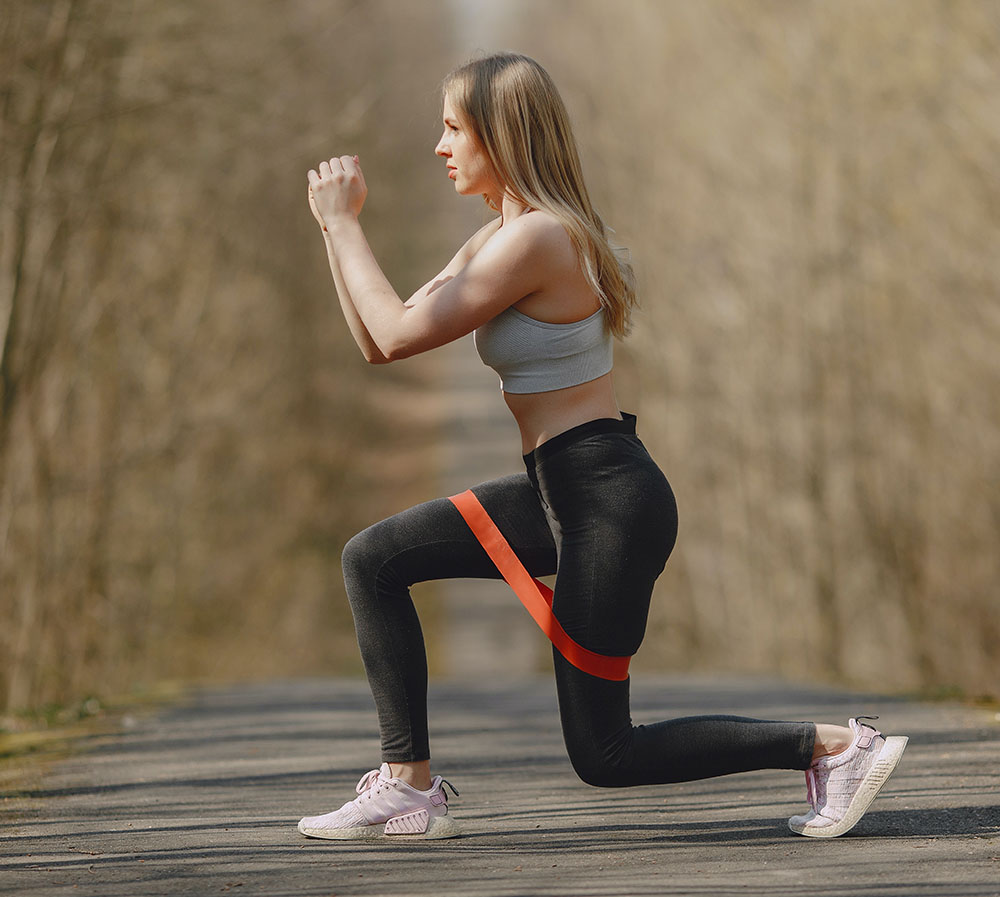
Exercises targeting the hip abductor muscles are a good intervention to reduce knee joint loading in people with OA (Sled, E., Khoja, L., Deluzio, K., Olney, S., & Culham, E. 2010).
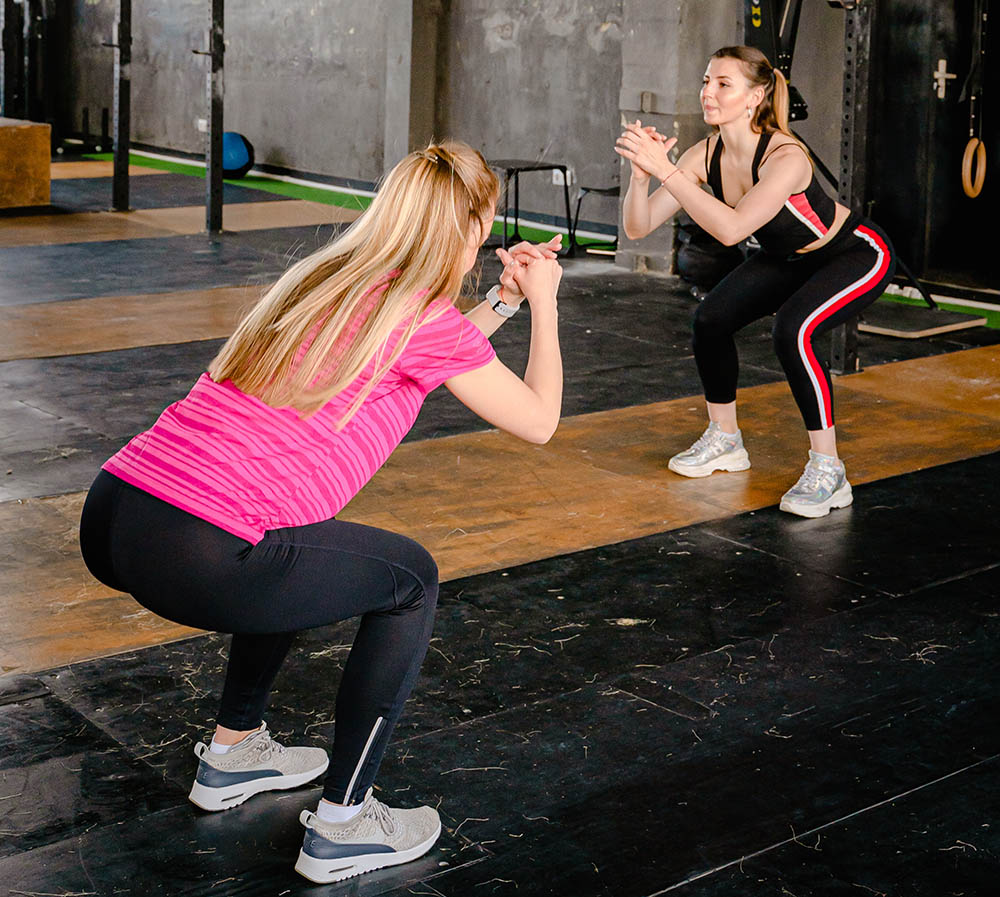
One of the most effective quadriceps exercises is the ''drop squat'' program, in which the patient starts in a standing position and drops to a half-squat (or 45°), with the kneecap over the second toe. This takes less than 2 minutes to demonstrate in the office and may easily be done by the patient at home as 3 sets of 20 repetitions per day. Over 6–8 weeks, the patient may progress to using hand-held weights and a balance board (Taunton, J., & Wilkinson, M. 2001).
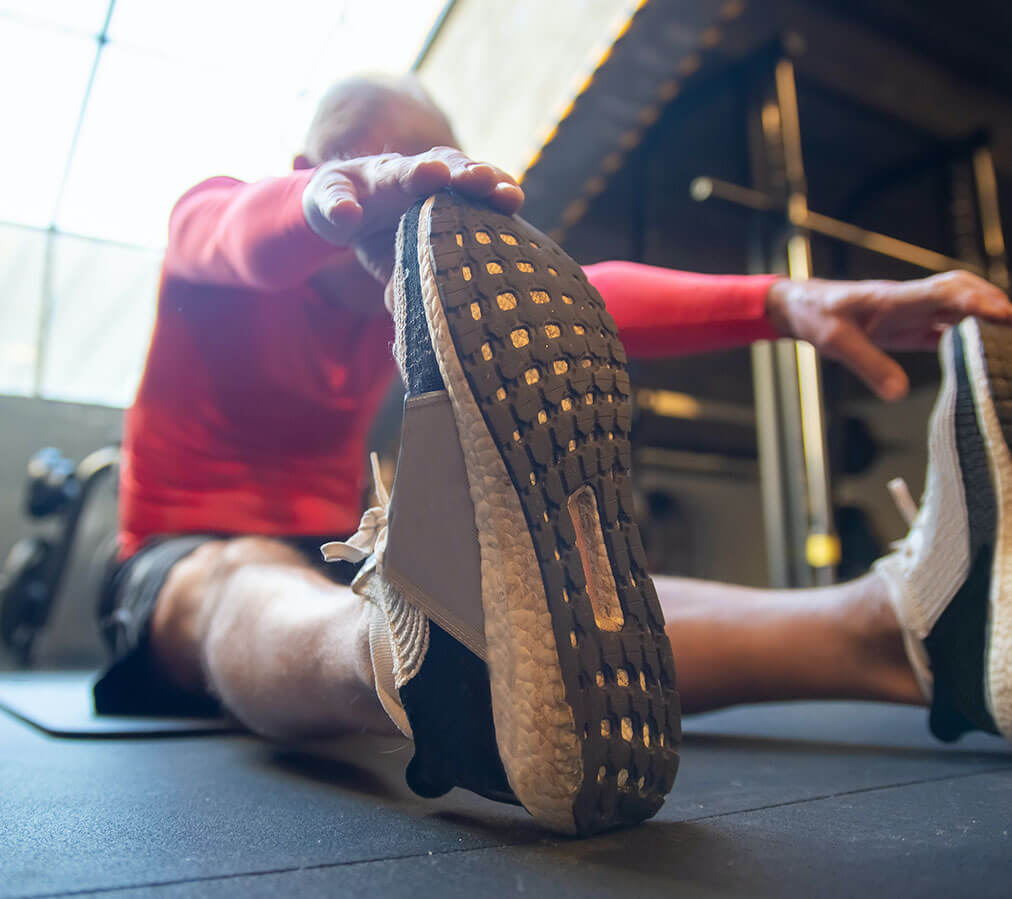
Stretching should be performed in conjunction with strengthening exercises. Stretch all major muscle groups in the lower limbs of the body. These muscle groups all have an effect on the mechanics of the knee. Stretches such as the heel & calf stretch, quadricep stretch, hamstring stretch, etc. should be held for 20-30 seconds to be effective (Taunton, J., & Wilkinson, M. 2001).
You should see your general practitioner or other health care professional for further advice if:
- your knee pain is consistent and uncomfortable
- You have recently been injured or had an accident
- you cannot walk on the knee
- your knee feels unstable
- you can’t straighten or bend your knee
- the knee looks deformed

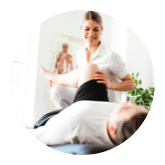
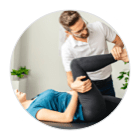



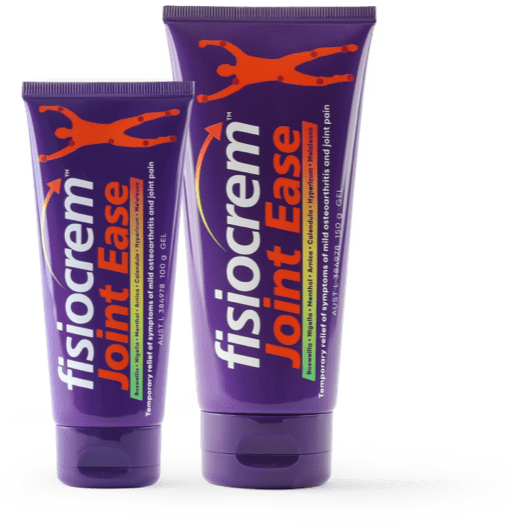
For the temporary relief of symptoms associated with mild osteoarthritis and joint pain.
fisiocrem Joint Ease has been formulated to relieve symptoms associated with mild arthritis, mild osteoarthritis, and joint pain. fisiocrem Joint Ease contains menthol and naturally-derived active ingredients of boswellia, nigella, menthol, arnica, calendula, hypericum, and melaleuca. fisiocrem Joint Ease can help relieve knee joint pain and mild joint inflammation and swelling.
fisiocrem Joint Ease helps provides knee pain relief by:
- Helping to promote healthy joint function
- Relieve mild joint pain, soreness, and stiffness
- Maintain joint mobility and flexibility
- Supports body tissue repair
Shop fisiocrem Joint Ease for joint pain.
Citations
- Amin, S., Niu, J., Guermazi, A., Grigoryan, M., Hunter, D., & Clancy, M. et al. (2006). Annals Of The Rheumatic Diseases, 66(1), 18-22.
- Doherty, M., Hawkey, C., Goulder, M., Gibb, I., Hill, N., Aspley, S., & Reader, S. (2011). A randomised controlled trial of ibuprofen, paracetamol or a combination tablet of ibuprofen/paracetamol in community-derived people with knee pain. Annals Of The Rheumatic Diseases, 70(9), 1534-1541.
- Jadelis, K., Miller, M., Ettinger, H., Messier, S. (2001). Strength, Balance, and the Modifying Effects of Obesity and Knee Pain. American Geriatrics Society, 49(7), 884-891.
- Miranda, H., Viikari-Juntura, E., Martikainen, R., & Riihimäki, H. (2002). A prospective study on knee pain and its risk factors. Osteoarthritis And Cartilage, 10(8), 623-630.
- Porcheret, M., Jordan, K., & Jinks, C. (2007). Primary care treatment of knee pain a survey in older adults. Rheumatology, 46(11), 1694-1700
- Rogers, M., & Wilder, F. (2008). BMC Musculoskeletal Disorders, 9(1).
- Roos, E. (2005). Current Opinion In Rheumatology, 17(2), 195-200.
- Safran, M., & Fu, F. (1995). Uncommon Causes of Knee Pain in the Athlete. Orthopedic Clinics Of North America, 26(3), 547-559
- Sled, E., Khoja, L., Deluzio, K., Olney, S., & Culham, E. (2010). A Clinical Trial. Physical Therapy, 90 (6), 895-904
- Taunton, J., & Wilkinson, M. (2001). Rheumatology: 14. Diagnosis and management of anterior knee pain. CMAJ, 164(11), 1595-1601.
- White, A., Foster, N., Cummings, M., & Barlas, P. (2007). Acupuncture treatment for chronic knee pain: a systematic review. Rheumatology, 46(3), 384-390.

